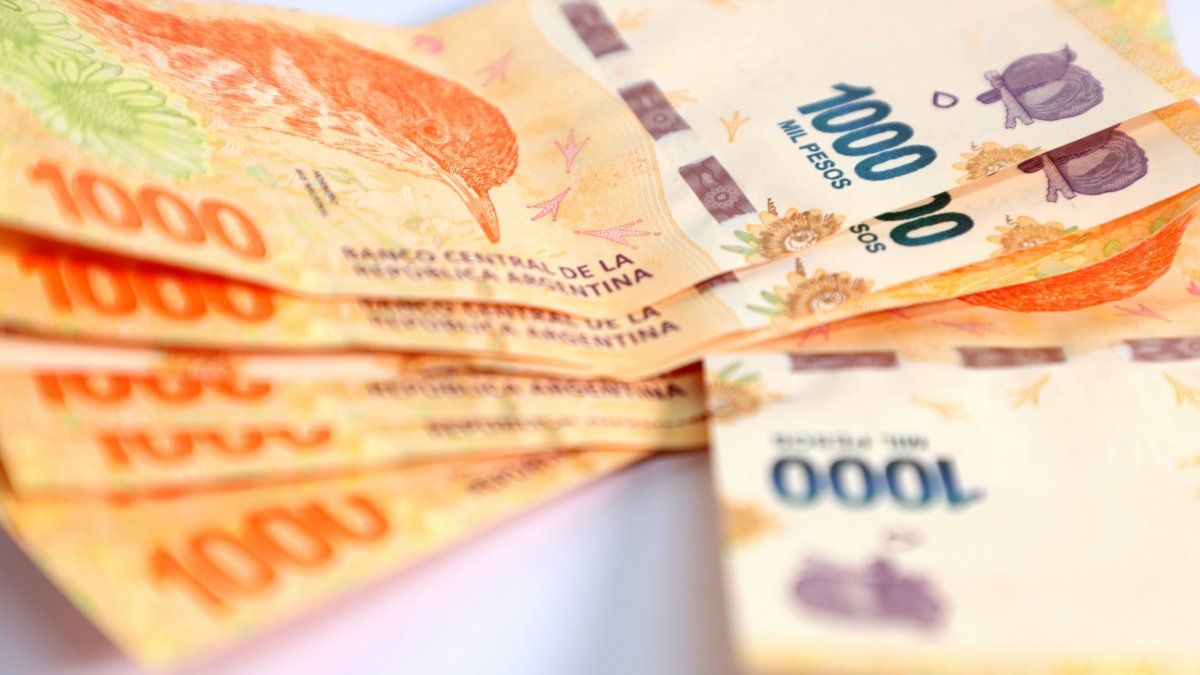According to data from the BCRA, in charge of Miguel Fish, the net purchase of foreign currency from the private sector implied an expansion of almost $91.3 billion, plus another $293.5 billion for purchases from the public sector. To this was added another $85,500 million through the withdrawal of official deposits at the BCRA, which were more than compensated by the absorption of close to $144,000 million due to the cancellation of Temporary Advances (which was possible through the device of selling to the BCRA dollars of the SDR sent by the Fund and thus recover emission capacity above the limit of the Organic Charter and the goal with the IMF). Until now (currency purchase and public sector) the issue totaled more than $326,000 million. But the payment of interest (for the remunerated debt) was still missing, which added up to almost $167,000 million more. Thus, the issue was close to half a billion pesos ($495,000 million). The vacuum cleaners of Central, Pases and Leliq came into operation there, through which the BCRA absorbed $36,000 million and $193,000 million respectively. In this way, the BCRA validated a base expansion of $258.3 billion in May. In this regard, two data to take into account, for the immediate future: the payment of interest already accumulates in the first five months of the year, $698,000 million; and the stock of remunerated debt (Pases and Leliq) exceeds $5.6 billion.
The latest BCRA Monetary Report shows that, in real terms and adjusted for seasonality, the means of payment (transactional private M2, excluding remunerated demand deposits from companies and financial service providers) would have registered a contraction of 2 .3%, recording four consecutive months of decline. “The decrease was explained both by the behavior of non-remunerated sight deposits and currency in the hands of the public. In this way, in year-on-year terms, the private M2 would have presented a contraction of the order of 4.6% at constant prices”, explained the BCRA. As they say in the market, “if this isn’t flight, where is flight?” In this sense, the consulting firm Ferreres illustrated this phenomenon by noting that the speed at which money circulates increased 25% since the beginning of 2022 and 98% since March 2020. For example, today each peso is used 18 times a year, when before the average was 12 times. This would mean that when each peso circulates 12 times a year, people get paid and some cash is kept, but when it goes to 18 times, the money rotates within the month, explains the consultant. These figures are a warning signal in case of an inflationary jump. Although the BCRA reports both the consecutive fall of the aggregate “transactional private M2”, of the “private M3” (includes fixed terms) and that the currency held by the public remains around its minimum records of the last 15 years , considers that “the low level of demand for money is, in part, linked to a greater relative demand for demand deposits, given the growing use of electronic means of payment verified in recent years.”
Source: Ambito
David William is a talented author who has made a name for himself in the world of writing. He is a professional author who writes on a wide range of topics, from general interest to opinion news. David is currently working as a writer at 24 hours worlds where he brings his unique perspective and in-depth research to his articles, making them both informative and engaging.




